Plasmonic–magnetic heterostructures are designed to prevent Ag+ release from cathodic Ag by sacrificial anodic Fe.


Plasmonic–magnetic heterostructures are designed to prevent Ag+ release from cathodic Ag by sacrificial anodic Fe.
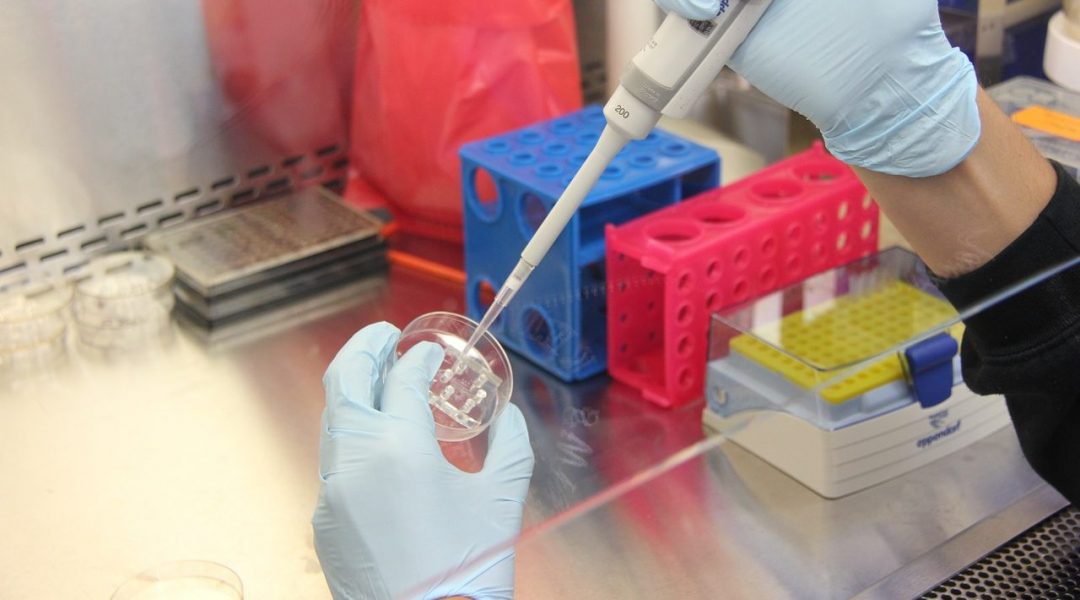
Stanislav Piletsky and his colleagues have used molecularly imprinted polymer nanoparticles to replace both antibodies and enzymes in biological assays.
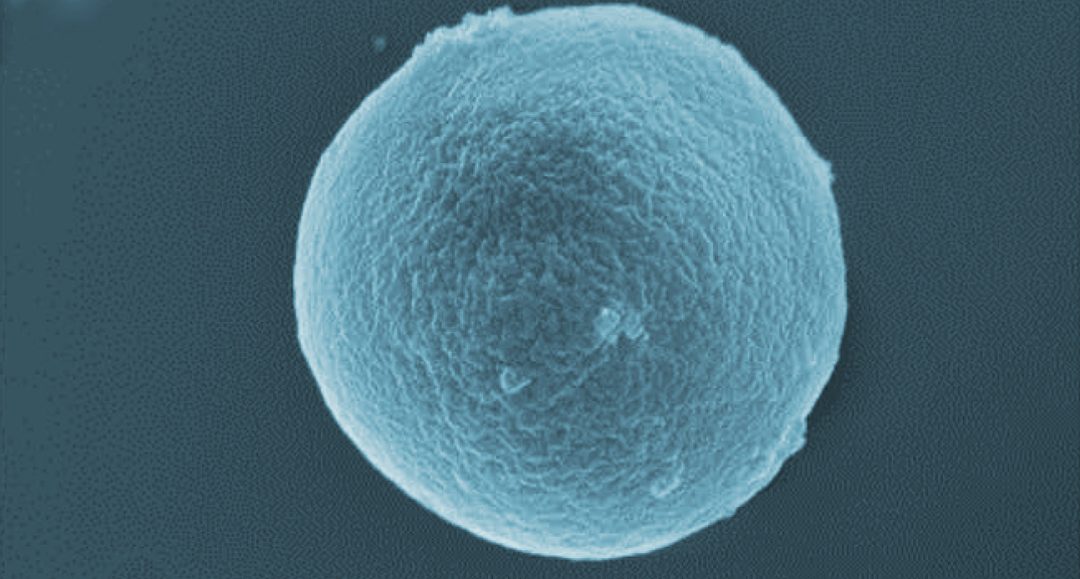
New magnetically-activated drug delivery systems offer a potentially more effective tool to fight tuberculosis

Researchers develop a new anticancer agent composed of magnesium shallow-doped iron oxide superparamagnetic nanoparticles (SPNPs). The magnetic fluid hyperthermia (MNFH) agent is highly biocompatible and is able to completely eradicate Hep3B-induced tumors.
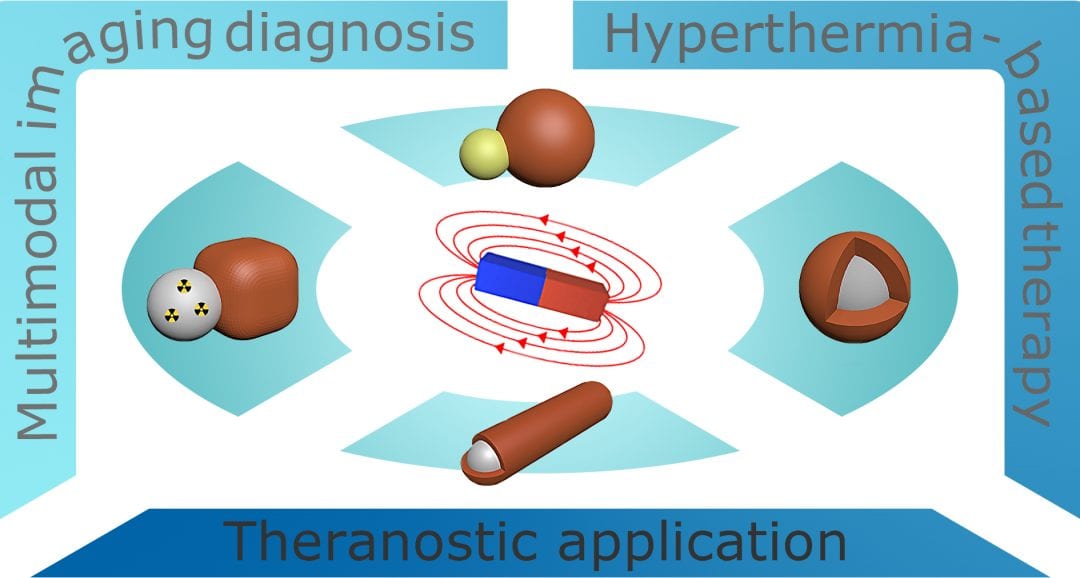
Magnetic hybrid nanomaterials combining magnetic nanomaterials and extra functional nanocomponents not only exhibit magnetic properties but also act as important biomedical agents.

The recognition that scaling down would be the key to the future of technology led to research into simpler, greener techniques to synthesise nanomaterial building blocks. It’s not enough that the materials can be created: synthesis techniques need to be precise and...
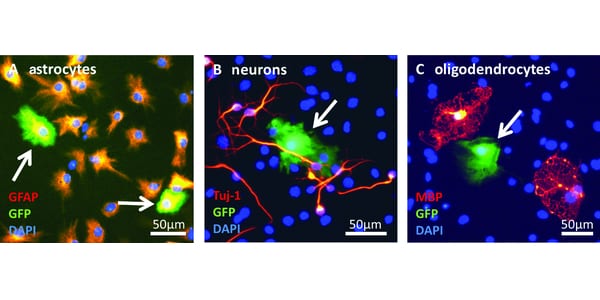
The first description on the use of oscillating magnetic fields for magnetic nanoparticle-mediated (MNP) gene transfer to neural stem cells NSCs.

Magnetic bacteria devices can manipulate light similar to liquid crystals in display and spatial light modulator technology.
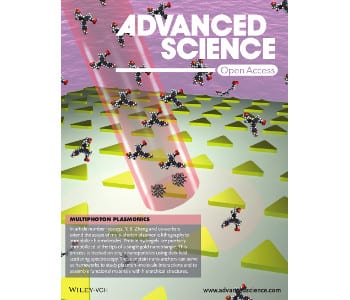
Researchers from Texas, USA, and Spain, used the technique multiphoton plasmonic lithography (MPPL) to achieve immobilization of bovine serum albumin hydrogels on a single gold nanotriangle (AuNT).

Metallic and semiconductor elements combined to create these lovely flower-like nanoparticles by researchers collaborating across China and Australia.